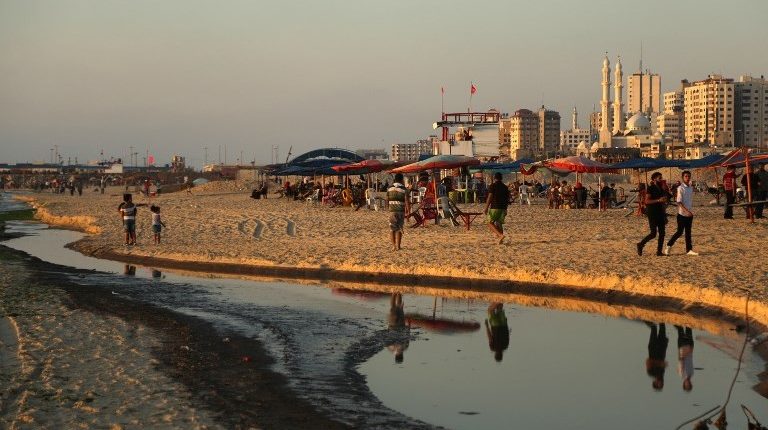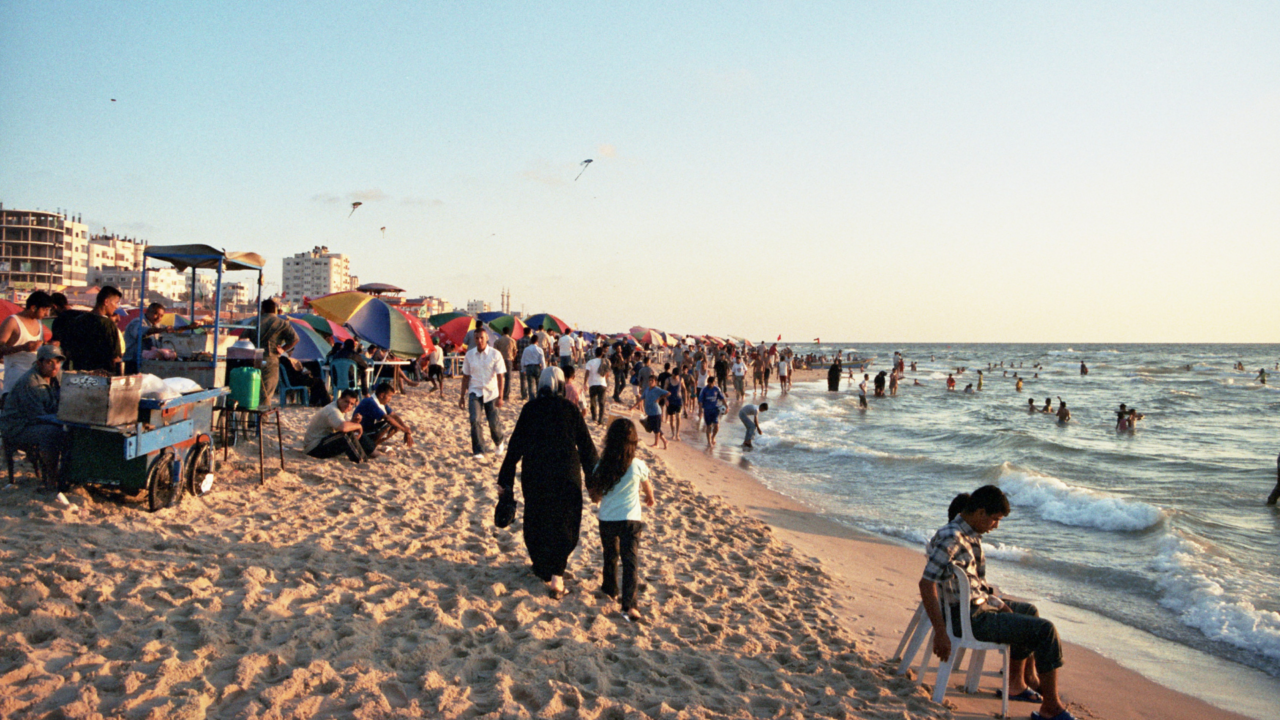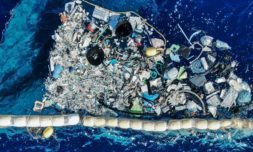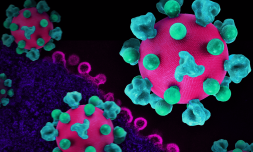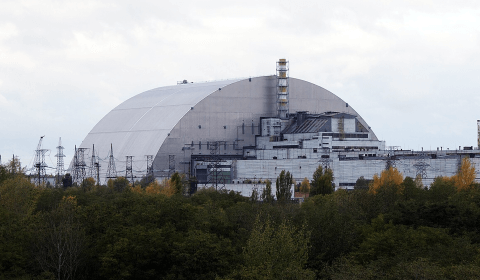For years, millions of cubic metres of untreated sewage emptied into the ocean every day. Visitors to the beach dropped by 50 percent, while those who dared to take the plunge found themselves catching viruses and developing skin diseases.
By 2017, The Guardian reported the pollution at Gaza beach was the ‘worst it had ever been’. Testing showed that 73 percent of the beach water assessed was contaminated with dangerous bacteria, parasites, and viruses such as cholera.
Despite the risks, families continued to visit the coastline on especially hot days to relax and enjoy a glimmer of normal life, if only for an hour or two. Adults could be seen standing watchfully as children splashed along the shore, scooping up dead fish in their hands.
‘I heard on the news that it is not safe to swim because of the sewage. But the kids need to swim,’ Tayeb Quneitra, a hairdresser from Gaza told the Guardian.

When last year’s surge of violence between Israeli forces and the Palestinian-led Hamas came to a halt, families flocked to the shore in celebration – ignoring the murky brown water and yellowed sand beneath them.
Fast forward to today, and scenes at Gaza City’s beach look entirely different.
Aqua blue waves now crash onto clean sand and the air is salty and pleasant smelling, thanks to internationally-funded sewage treatment facilities ramping up their operations to reduce the pollution.
According to the Hamas-run Environment Quality and Water Authority, the sewage running into the ocean is now partially treated – with 65 percent of the water testing safe and clean.
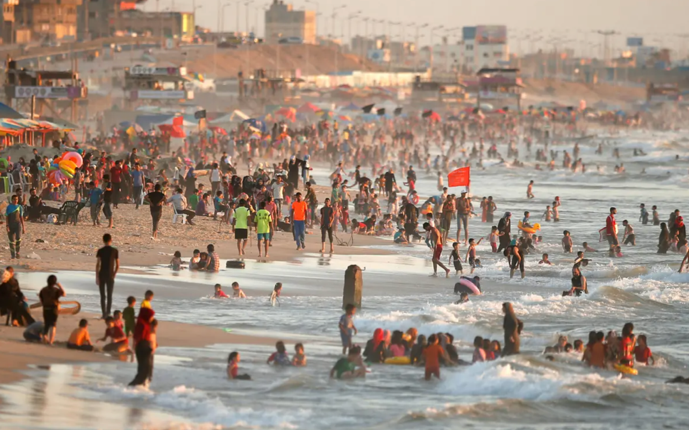
Now, children are spotted riding floaties along the shoreline, swimmers cool off amongst the waves, and residents can be seen bringing their horses to beach for a dip.
The improved water quality comes right on time for summer, as many locals living in the Gaza Strip cannot afford outside travel or entry to local swimming pools, depending on the beach as an affordable destination.
Officials at the local Environment Quality and Water Authority say they plan to expand their treatment processes, hopefully breathing new life into the beach described as a ‘lifeline’ for local Palestinians.
The story of Gaza Beach signifies how political tensions not only affect people’s immediate safety, but also the ability to enjoy life’s simplest of pleasures.
With sanitation and water quality improved, the beach will offer Palestinians one of the best summers they have seen in years – a place where the worries of occupation can be momentarily forgotten.
